Search
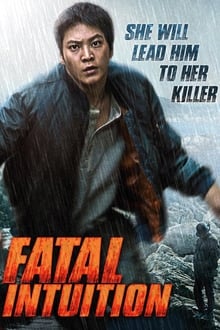
Jang-woo had only his sister to live for until she is brutally murdered. During a ritual to send her spirit to heaven, he comes across a suspicious man, who manages to escape from the scene. He begins to suspect a local pharmacist and keeps an eye on him. Although Jang-woo is absolutely convinced that the pharmacist is the killer, no one believes him because the pharmacist is considered the kindest man in town. But he gets help from a possessed woman named Si-eun who foresees how people die. Their pursuit begins and Si-eun predicts yet another murder.

When a crime boss sends out his thugs to terrorize an entire city, they do whatever they want, which includes anything from petty theft to robbing the police station in broad daylight. Napoli spara! (internationally released as Weapons of Death and Naples shoots) is a “poliziottesco” film directed by Mario Caiano in 1977. It is an unofficial sequel of Napoli violenta, of which reprises the character of Gennarino (still played by Massimo Deda).

December 2006. On a cold winter’s night, just before Christmas, the 16-year-old youth, Nick van Sant, escapes from an orphanage in the Belgian Ardennes. He encounters Leon Gevers, a down on his luck ‘has-been’, from the world of show business who is on his way home from another disappointing gig. At first their relationship is uneasy but Leon decides to help Nick find his grandmother, Alice Gardner. As she is the only one who holds the truth about what happened with Nick Parents. The notary Bruno Weinberg, who advises Alice, will do everything in his power to prevent this from happening. Uncovering the secrets of the past finally brings them to Paris. Written by Hans Royaards
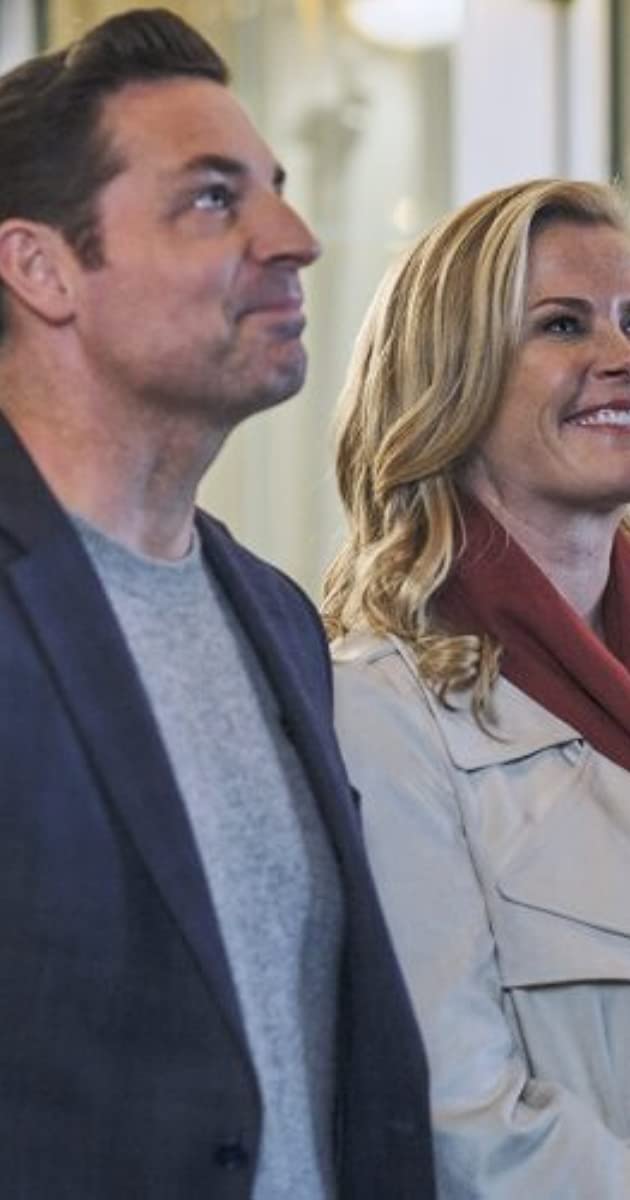

Here and There (Serbian: Tamo i ovde) is a Serbian film which was premiered at the Belgrade Film Festival FEST 2009. Here and There follows two interconnected stories on two different continents. Robert (Thornton), a depressed New Yorker, tries to make quick cash and ends up in Serbia, where instead of money he finds his soul. At the same time, a young Serbian immigrant, Branko (Trifunović), struggles in an unforgiving New York, desperately trying to bring his girlfriend from Serbia to the United States. Mirijana Karanović plays Branko’s mother.
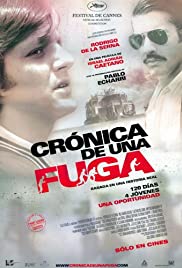
The true story of four men who narrowly escaped death at the hands of Argentina’s military death squads during the 1970s is brought to the screen in this thriller. In 1977, Claudio Tamburrini (Rodrigo de la Serna) was a goalie for a minor-league football team when he was abducted by members of the Argentine military police and taken to an unofficial detention center on the false suspicion that he was a terrorist. Over 30,000 people lost their lives at the hands of Argentinean authorities under the military junta that ruled the country between 1976 and 1983, and as he was tortured by intelligence agents looking for information he didn’t have, Tamburrini fully expected to become another victim. After many sessions of brutal torture, Tamburrini and his fellow captives Guillermo (Nazareno Casero) and Tano (Martin Urruty) were being readied for execution when, in a final desperate act, Tamburrini dove out a window during a rainstorm.
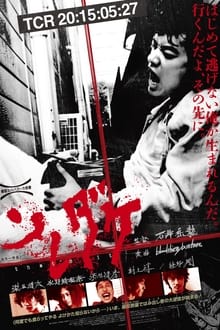
Samao Daikoku’s (Shota Sometani) family register was taken which keeps him from escaping the underground life that he has led. To get away once and for all, Samao Daikoku breaks into Daikichi Ebisu’s (Kiyohiko Shibukawa) coin locker to steal gold. Daikichi Ebisu is involved in a criminal organization. In the locker, Samao Daikoku finds a hard disk containing personal information on runaways, homeless people, bankrupt people and prostitutes. He hides the hard disk, but is locked up by Daikichi Ebisu. There, he sees a prostitute, Ami Nanmu (Erina Mizuno) and he also faces an evil gang boss, Kan Senju (Gou Ayano). Samao Daikoku is tortured by the gang boss. The mystery behind Samao Daikoku’s past is revealed.
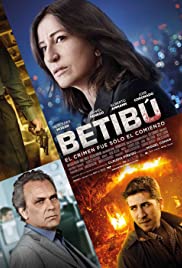
Once Pedro Chazarreta found murdered in the wonderful gated, El Tribuno newspaper hires retired detective novelist Nurit Iscar/Betibù that is installed in the area and a series of newspaper columns about the case. Along with the Chief of police of the newspaper, Mariano Saravia, and a veteran journalist, Jaime Breña, Betibù starts to investigate the murder. Using an old photo of the adolescence of Chazarreta, which shows him with fellow high school, the Group discovers an apparent connection between this murder and a succession of apparently trivial deaths of members of the photo. At the same time, Betibù must face its past emotional with the editor of the newspaper, Lorenzo Rinaldi, who seeks to restore the relationship.